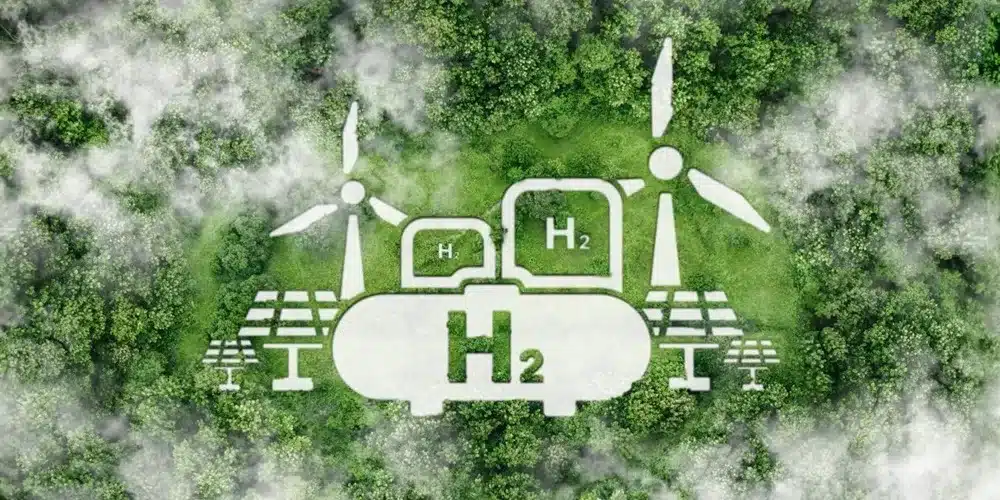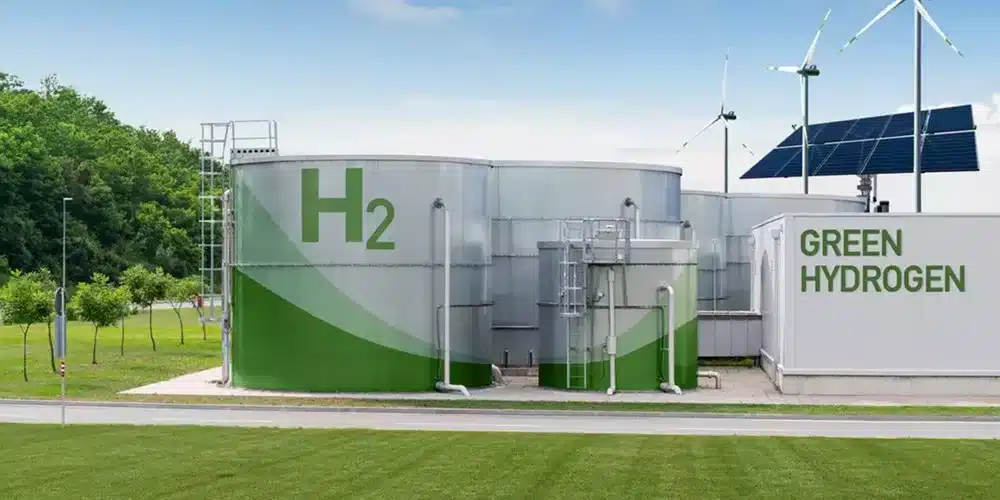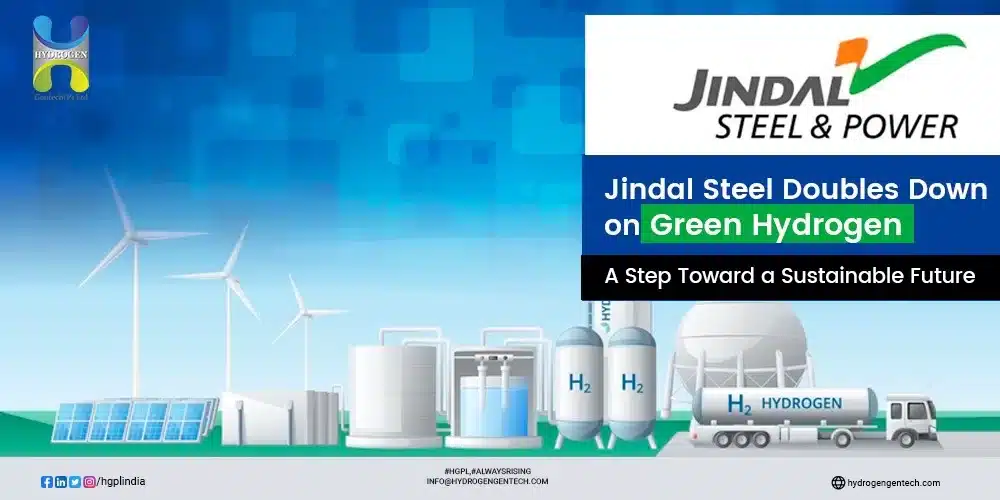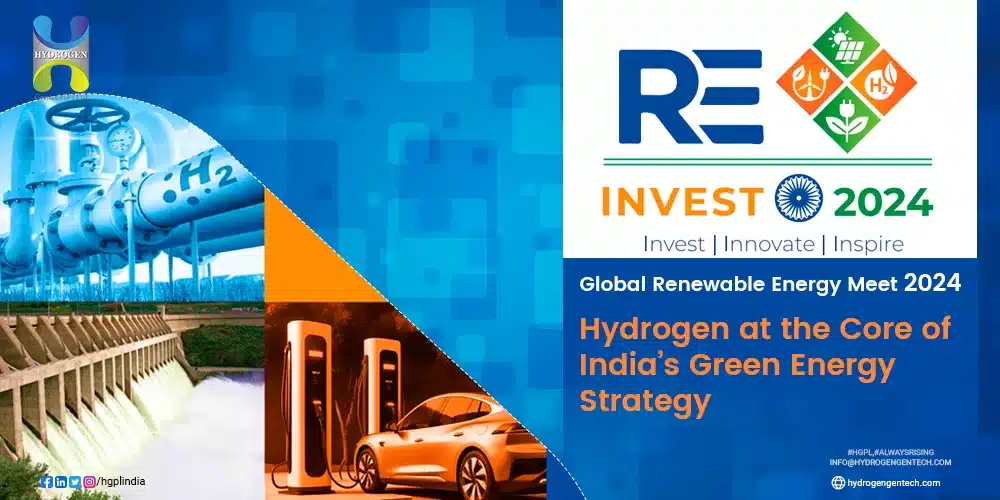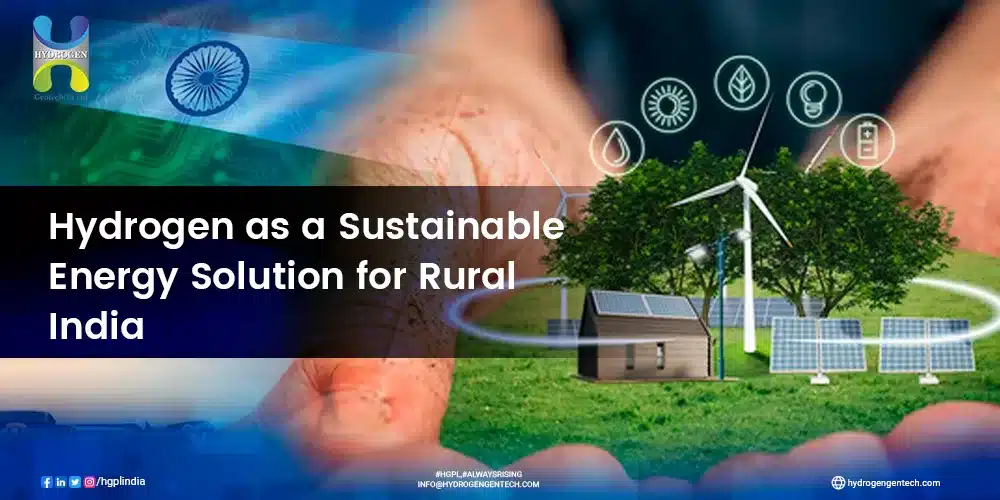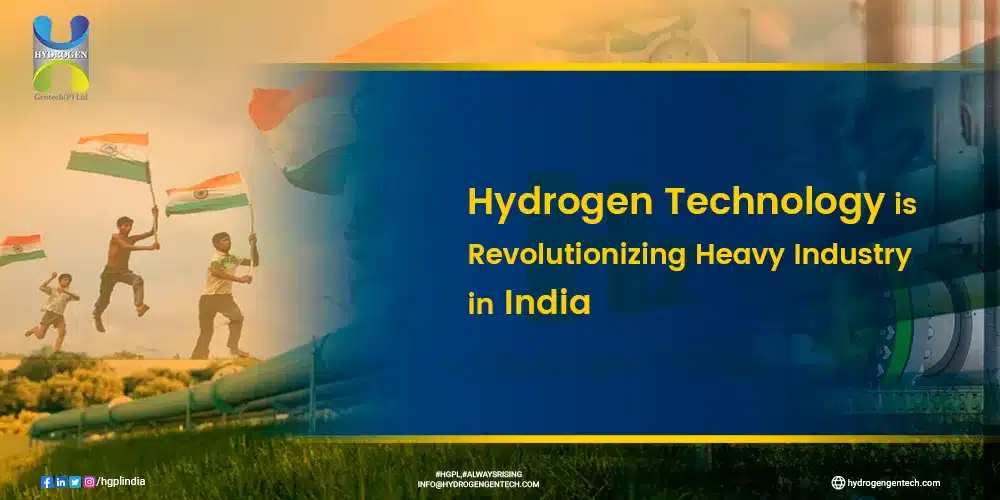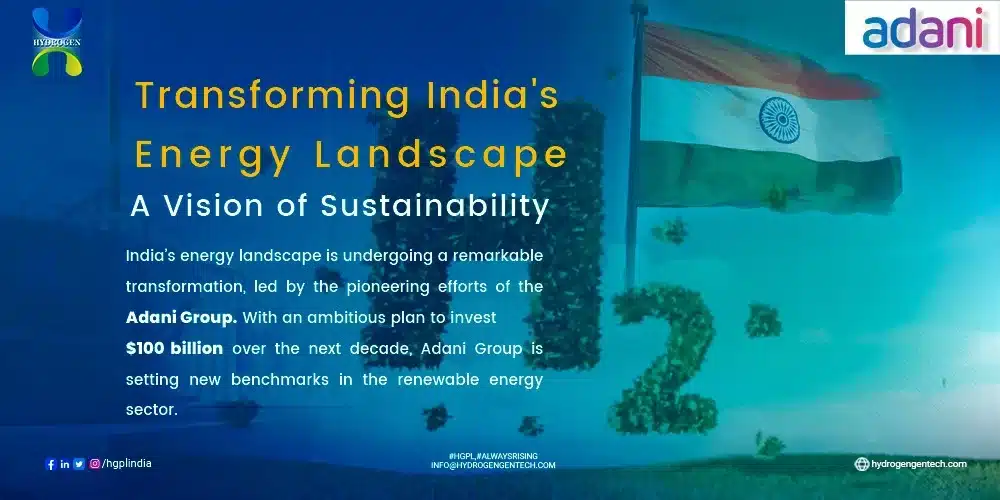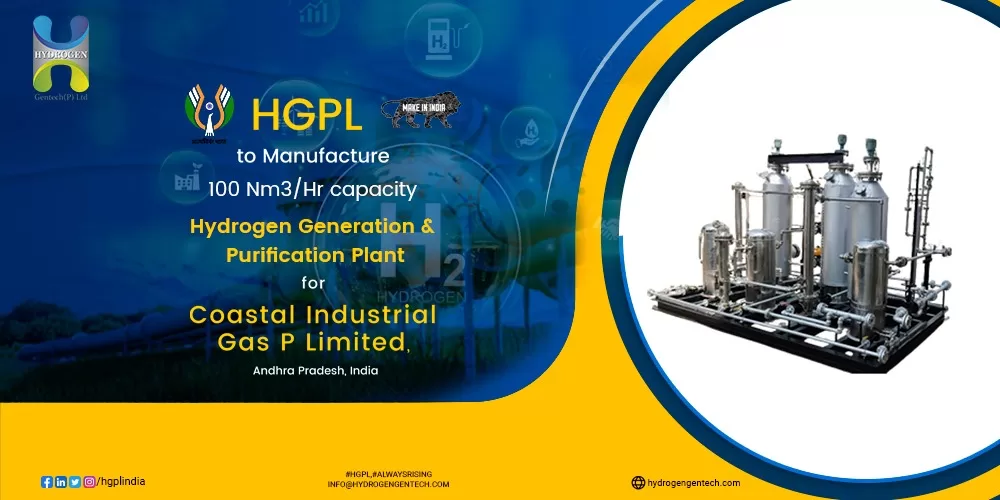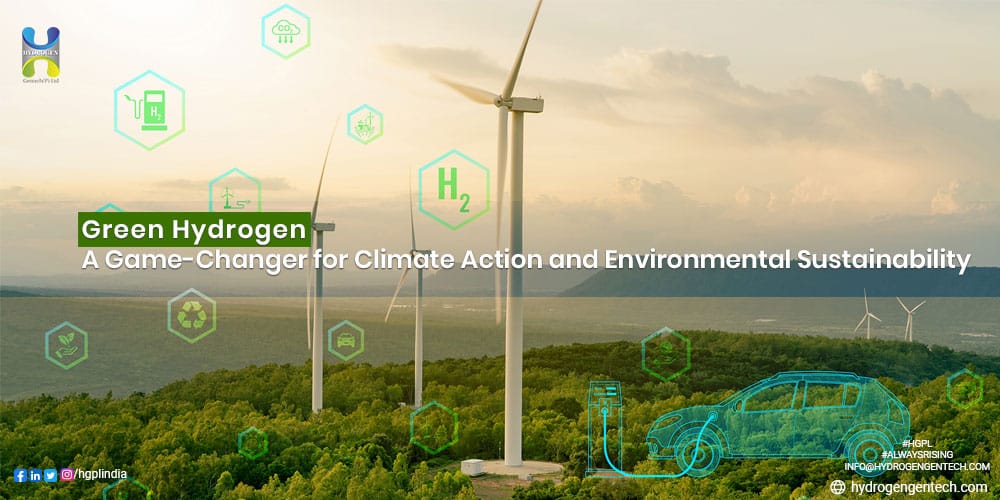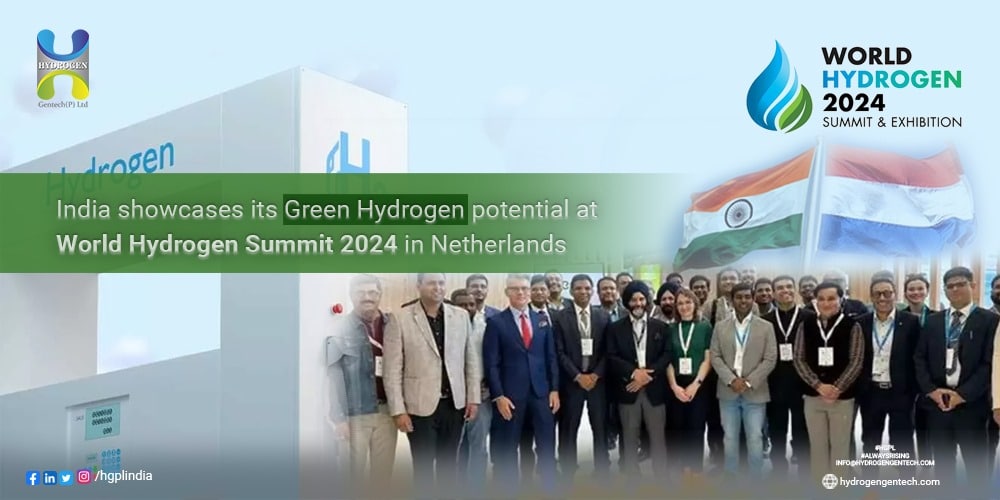Hydrogen is at the forefront of industrial innovation, playing a crucial role in energy production, manufacturing, transportation, and environmental sustainability. Traditionally, industries have relied on bulk hydrogen deliveries, but on-site hydrogen generation is emerging as a game-changing solution. By producing hydrogen directly at the point of use, companies can reduce costs, enhance efficiency, and improve sustainability.
In this blog, we will explore how on-site hydrogen generation can transform various industries and why businesses should consider making the switch.
What is On-Site Hydrogen Generation?
On-site hydrogen generation involves producing hydrogen directly at the facility where it is needed, using advanced technologies such as:
- Electrolysis – Uses electricity to split water (H₂O) into hydrogen (H₂) and oxygen (O₂). When powered by renewable energy, this process produces green hydrogen, making it a 100% clean energy solution.
- Steam Methane Reforming (SMR) with Carbon Capture – A process that extracts hydrogen from natural gas while capturing CO₂ emissions to minimize environmental impact.
- Methanol Reforming – Converts methanol and water into hydrogen, offering a more flexible solution for certain applications.
Each method has its benefits, but the choice depends on industry requirements, cost considerations, and sustainability goals.
Benefits of On-Site Hydrogen Generation
✅ Cost Savings & Supply Independence
Industries relying on delivered hydrogen face challenges such as fluctuating fuel prices, transportation costs, and supply chain disruptions. On-site generation eliminates these concerns, offering:
- Lower operational costs by avoiding delivery fees and storage expenses.
- Consistent supply without dependency on third-party suppliers.
- Long-term savings, especially when integrating renewable energy sources like solar or wind power.
♻ Environmental Sustainability
Switching to on-site hydrogen generation can significantly reduce carbon footprints, particularly with green hydrogen production. Benefits include:
- Elimination of emissions from transportation and logistics.
- Support for decarbonization goals, helping industries meet environmental regulations.
- Integration with renewable energy sources for a fully sustainable production cycle.
🔧 Improved Process Efficiency & Safety
On-site hydrogen generation enhances operational efficiency by:
- Providing a continuous and reliable hydrogen supply, reducing downtime.
- Minimizing storage risks, as large hydrogen cylinders and liquid storage tanks become unnecessary.
- Offering better control over purity levels, ensuring hydrogen meets industry standards.
Industries That Benefit from On-Site Hydrogen Generation
- Manufacturing & Metal Processing
Hydrogen is widely used in annealing, welding, and metal processing. On-site production ensures a high-purity, uninterrupted hydrogen supply, leading to improved process efficiency and cost reductions.
- Oil & Gas Refining
Refineries use hydrogen for hydrocracking and desulfurization. On-site generation helps refineries reduce operational costs and improve compliance with low-sulfur fuel regulations.
- Chemical & Pharmaceutical Industries
Many chemical processes, such as ammonia production and hydrogenation reactions, depend on a steady hydrogen supply. On-site generation ensures consistency and eliminates risks associated with bulk delivery.
- Food & Beverage Industry
Hydrogen is used in hydrogenation processes to enhance the shelf life and quality of edible oils and fats. With on-site generation, food manufacturers can ensure purity and reduce supply costs.
- Electronics & Semiconductor Manufacturing
Semiconductor fabrication requires ultra-high-purity hydrogen for cleaning and processing. On-site production provides controlled purity levels, crucial for manufacturing efficiency.
- Renewable Energy & Hydrogen Fueling Stations
As hydrogen fuel cell technology gains traction, on-site hydrogen generation is critical for refueling stations, ensuring a sustainable and cost-effective fuel supply.
Is On-Site Hydrogen Generation Right for Your Business?
If your industry relies on hydrogen, transitioning to on-site generation can bring substantial financial and operational benefits. Key considerations include:
- Hydrogen Demand – Businesses with continuous or high-volume hydrogen requirements benefit the most.
- Sustainability Goals – If reducing carbon emissions is a priority, green hydrogen from electrolysis is a viable solution.
- Cost Analysis – Comparing hydrogen purchase costs with on-site production costs can highlight long-term savings.
On-site hydrogen generation is transforming industries by offering cost efficiency, sustainability, and operational reliability. Whether you are in manufacturing, refining, pharmaceuticals, or renewable energy, this technology can enhance productivity while reducing environmental impact.
As the world moves toward cleaner energy solutions, businesses adopting on-site hydrogen generation will gain a competitive edge and contribute to a more sustainable future.
Looking to implement on-site hydrogen generation for your business? Contact Hydrogen Gentech Private Limited (HGPL) today to explore the best solutions for your industry.


